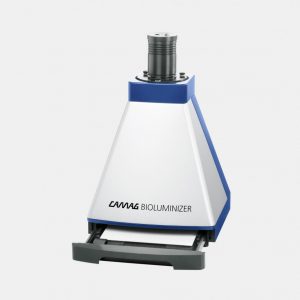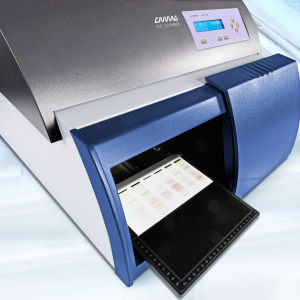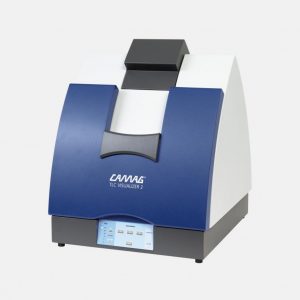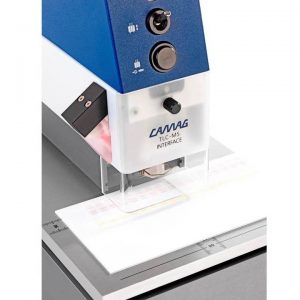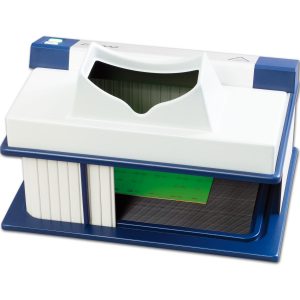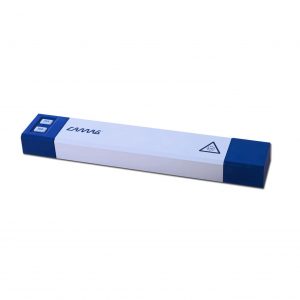Chromatogram Evaluation
HPTLC chromatograms are captured images of the plates under white or ultraviolet light. For electronic image acquisition a digital camera captures visible polychromatic light. The obtained data can be edited, archived and evaluated.
For quantitation, either hyperspectral data ( CAMAG® HPTLC PRO Module DETECTION ), densitograms ( CAMAG® TLC Scanner 4 ) or image profiles ( CAMAG® TLC Visualizer 2 ) can be used. Hyperspectral data are obtained by using polychromatic light for excitation in conjunction with an imaging spectrometer ( CAMAG® HPTLC PRO Module DETECTION ). Densitograms are obtained by scanning the plate with monochromatic light and detecting the reflected light with a photomultiplier ( CAMAG® TLC Scanner 4 ). Images are captured with a tri-colored CCD camera ( CAMAG® TLC Visualizer 2 ). The spectral selectivity offers a great advantage over visual inspection. Each individual analyte can be evaluated at its absorption/fluorescence maximum. Furthermore, UV spectra of separated analytes can be recorded and used for identification purposes. For structure confirmation, selected target analytes can be transferred to a Mass Spectrometer (see MS-Interface). A non-target analysis can be achieved by effect-directed HPTLC, e.g. basis general toxicity for Alliivibrio fischeri analyzed by bioluminescence detection ( CAMAG® BioLuminizer 2).
Showing all 6 results

